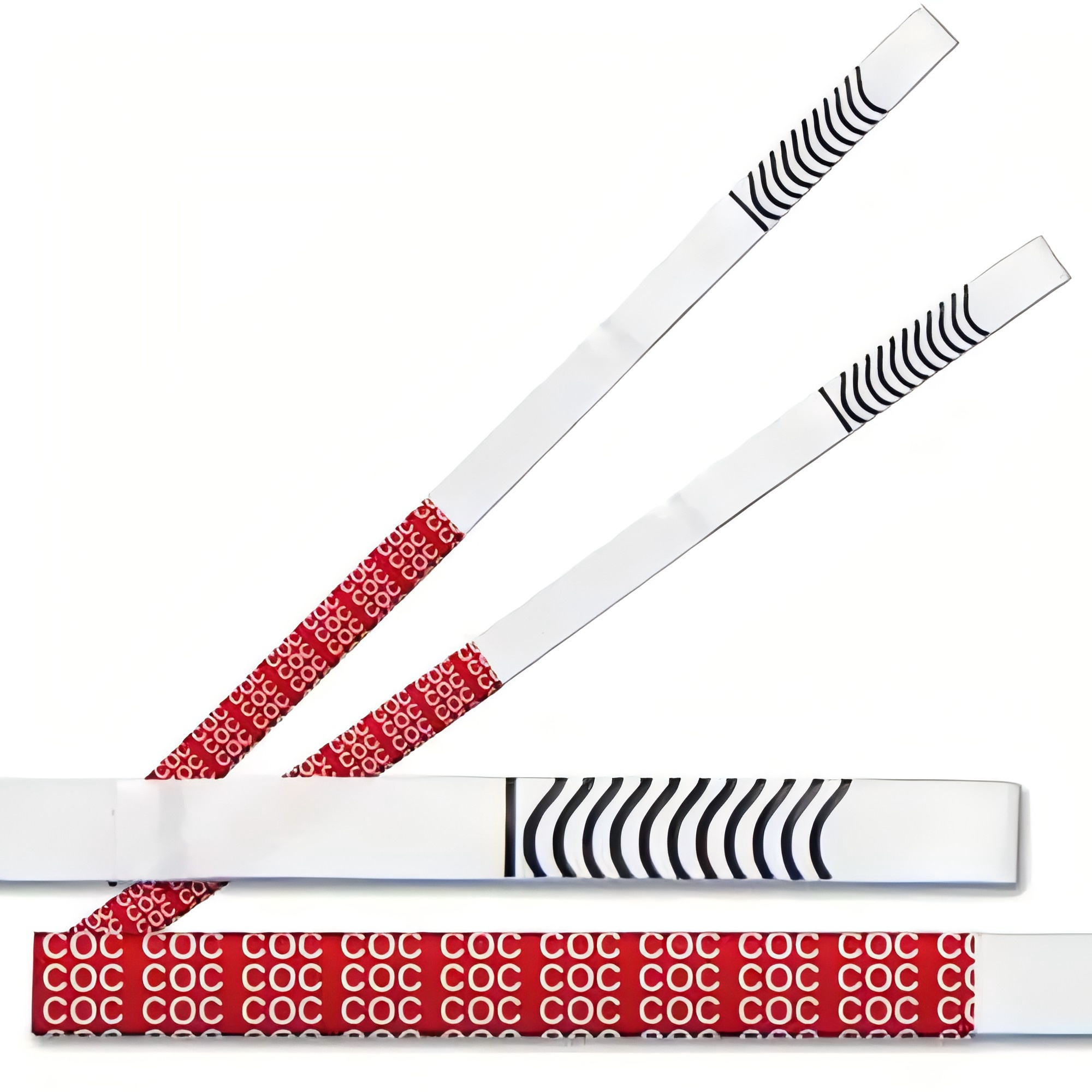Introduction to drug of abuse test kits
Drug of abuse test kits are essential tools used for detecting the presence of illicit substances in the body. These kits are crucial in various fields, including employment screening, clinical settings, and legal scenarios. Understanding their operation, effectiveness, and timeline for delivering test results is key for stakeholders such as employers, healthcare providers, and law enforcement agencies. Drug testing is often a requirement, and the availability of wholesale options from manufacturers and factories supports broad distribution and accessibility.
Types of Drug Testing Methods
Urine Drug Testing
Urine drug testing is one of the most common methods for detecting drug use. It identifies substance metabolites excreted in urine. Urine tests are popular due to their non-invasive nature and ability to detect drug use within days of consumption.
Saliva Drug Testing
Saliva drug tests offer a quick means of detecting drug use, especially recent use. These tests are gaining popularity due to their ease of administration and the minimal discomfort they cause to the person being tested.
Hair Drug Testing
Hair testing is notable for its long detection window, capable of identifying drug use over a period of months. However, it is less effective at detecting recent drug use compared to urine and saliva tests.
Understanding the Testing Process
Collection and Initial Screening
The initial stage of drug testing involves sample collection, followed by an initial screening test. This screening aims to quickly detect the presence of commonly abused substances.
Confirmation Testing
Should the initial screening yield a non-negative result, a confirmation test is necessary. This test uses sophisticated methods, often involving mass spectrometry, to confirm the presence of drugs and eliminate false positives.
Rapid Testing and Result Availability
Point-of-Collection Testing
Point-of-collection testing (POCT) offers the advantage of immediate result availability for negative samples. Negative results can be processed quickly, often within hours, providing timely information for decision-making.
Lab-Based Confirmatory Testing
When samples require lab-based confirmatory testing, the timeline extends due to transportation and processing times. Typically, confirmatory results can take 48-72 hours but can be expedited based on logistical factors.
Factors Influencing Test Result Timelines
Sample Type and Collection Method
The type of sample collected and the method of collection can influence result timelines. Urine tests generally provide faster results compared to hair tests, which require more processing time.
Location and Efficiency of Laboratories
The proximity and efficiency of the laboratory where testing is conducted play significant roles. Samples sent to distant laboratories may experience delays, whereas nearby facilities can offer quicker turnaround times.
Common Substances Tested in Drug Screens
Standard Panels
Standard drug panels typically test for substances such as marijuana, cocaine, opiates, amphetamines, and PCP. These panels are designed to detect the most commonly abused drugs in society.
Extended Panels
In addition to standard panels, extended panels test for a wider range of substances, including benzodiazepines, barbiturates, and methadone, catering to specific testing needs.
Challenges and Limitations of Drug Testing Kits
False Positives and Negatives
Sensitive test kits may occasionally generate false positives or negatives, necessitating confirmatory testing to ensure accuracy. Factors such as prescription medication and dietary habits can influence test outcomes.
Detection Windows
Each testing method has its own detection window, influencing when drug use can be identified. For instance, urine tests may not detect very recent use, while hair tests cannot detect short-term use.
Applications and Use Cases for Drug Testing
Employment Screening
Employers frequently use drug testing during the hiring process to ensure a drug-free workplace. The wholesale availability of kits allows companies to efficiently manage large-scale testing.
Clinical and Legal Settings
In clinical and legal environments, drug tests assist in diagnosing substance abuse disorders and in legal proceedings where drug use is under scrutiny.
Conclusion and Best Practices for Drug Testing
Understanding the capabilities and timelines of drug of abuse test kits is crucial for effective use. Choosing the correct type of test, ensuring proper collection and storage, and understanding the importance of confirmatory testing are all vital practices for obtaining reliable results. Manufacturers and factories play a crucial role in ensuring these test kits are readily available and reliable.
Hysen Provide Solutions
Hysen offers comprehensive solutions for efficient drug testing. Our robust distribution network ensures that you have access to reliable drug testing kits, no matter your location. Our expert consultation can guide you in selecting the most appropriate testing methods for your needs, and we offer ongoing support to optimize your testing processes. Partner with Hysen for a streamlined, effective drug testing program with reliability and accuracy at its core.

Post time: Aug-12-2025
















